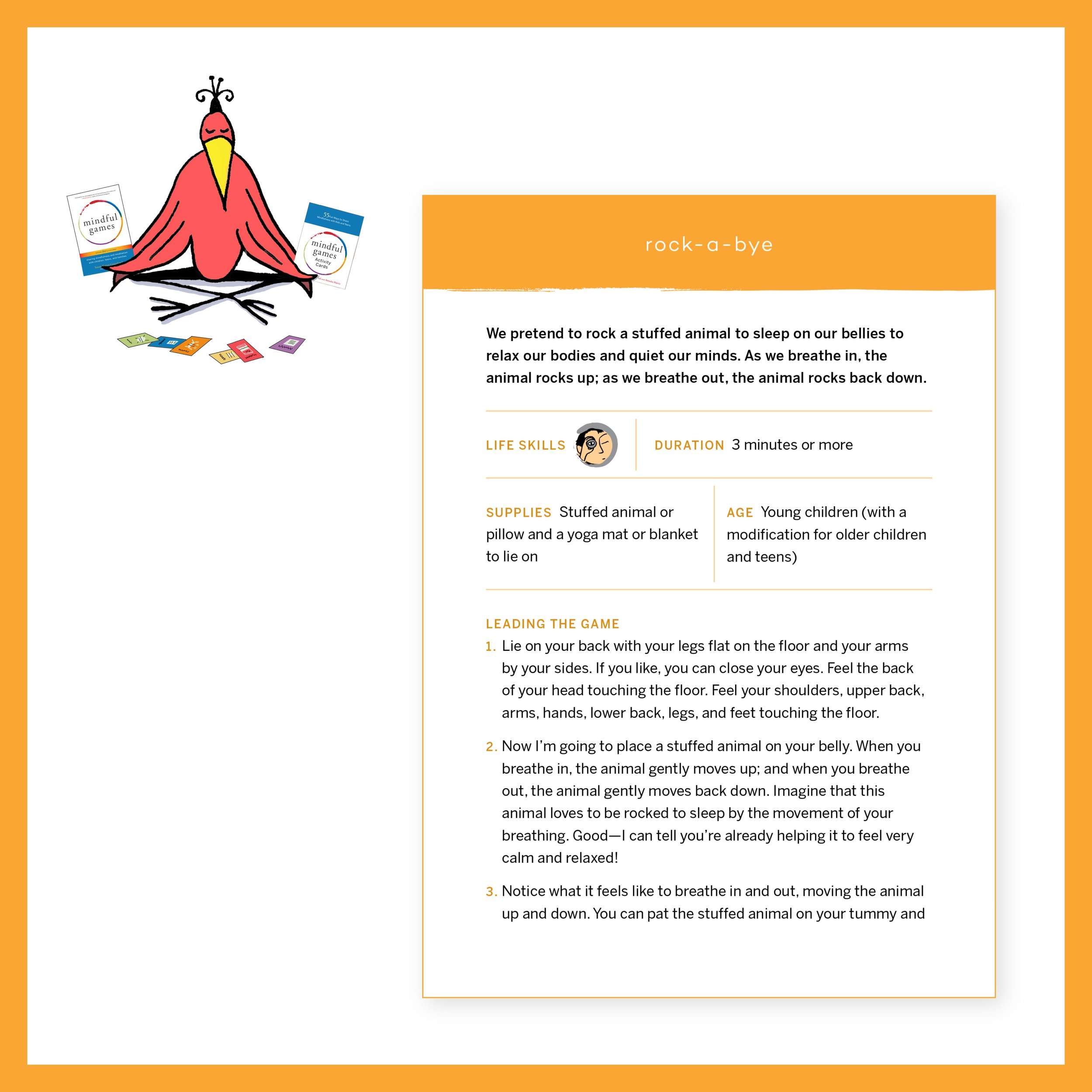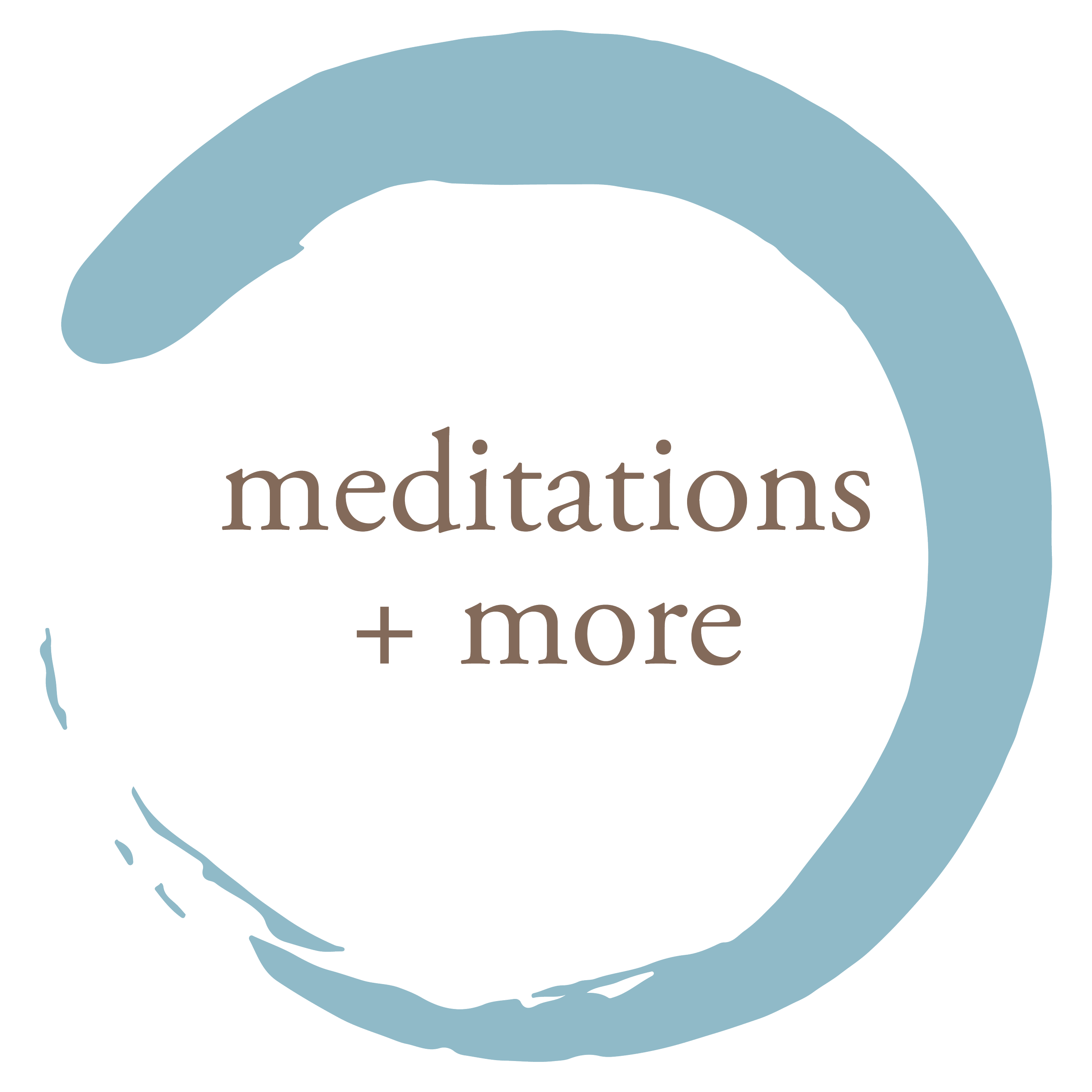
video lessons + more for kids
Look through our video library of mindfulness and meditation lessons and activities for kids. And be sure to also check out Susan’s YouTube channel for more. To help you find what you're looking for, we’ve included a separate section for mindful games and have sorted the activities, meditations, visualizations, and lessons by both the child's age and by the social, emotional, and academic life skills that the activity or lesson develops.

-
Ready to try out some mindful games with kids? Check out these videos to help you get started.
-
Designed for pre-k through early elementary-age children, but don’t be surprised if older kids enjoy them too!
-
Designed for mid-to-late elementary-age children, but don’t be surprised if younger and older kids enjoy them too!
-
Designed for middle-to-high-school-age kids, but don’t be surprised if elementary-age children and adults find them helpful too!
-
Steady, flexible attention develops our capacity to focus and quiet our minds and bodies.
-
Balance enhances our capacity to see and reframe our situations.
-
Speaking, acting, and relating to others (and ourselves) with compassion develops our capacity to care and connect.
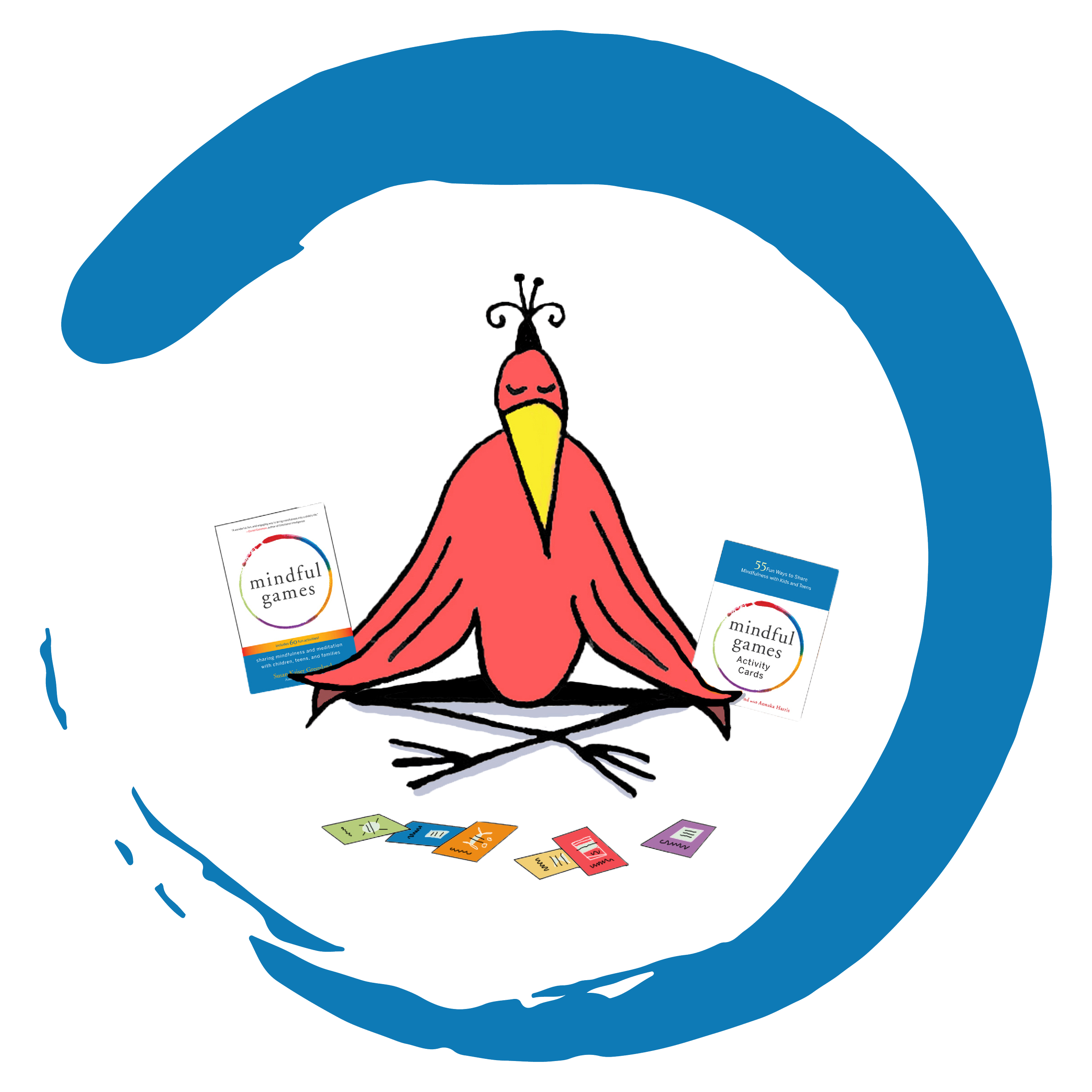
mindful games
Ready to try out some mindful games with kids? Check out these videos to help you get started.
We build a chain of plastic monkeys to demonstrate how to notice thoughts and let them go.
Explore the Ice Cube Meditation, a mindfulness and meditation training exercise that uses sensory awareness to build focus, emotional balance, and awareness of the present moment.
Engage children in mindfulness with the Awareness Meter exercise, a playful method to help them identify and manage thoughts and emotions during meditation.
Discover the Snow Globe Game, a creative mindfulness and meditation activity that helps children and adults learn to settle their minds, build awareness, and navigate life's challenges
A delightful adaptation/mash-up of two mindful games — Friendly Wishes and Imaginary Hugs.
A colorful chain of plastic monkeys demonstrates how to notice thoughts and let them go.
Watch how easy it is to settle your mind when it's busy! then, listen to this guided meditation to give it a try.
Feeling upset or annoyed? Here's a tip for calming down anytime you feel worked up.
Using teamwork, and by paying attention to what’s happening around us, we pass a cup without spilling a drop of water.
We hold a cube of ice until it melts to notice the difference between a feeling and a reaction. (Game led by Gene Lushtak.)
We imagine that everyone is happy, safe, healthy, and living in peace to practice kindness and concentration.
Learn the Tic-Toc Game, a simple and engaging mindfulness activity that teaches children and adults to pause, focus, and bring awareness and compassion to the present moment.
We pretend to rock a stuffed animal to sleep on our bellies to relax our bodies and quiet our minds.
We practice focusing by slowly moving our arms up and down, or back and forth, in sync with each other’s movements.
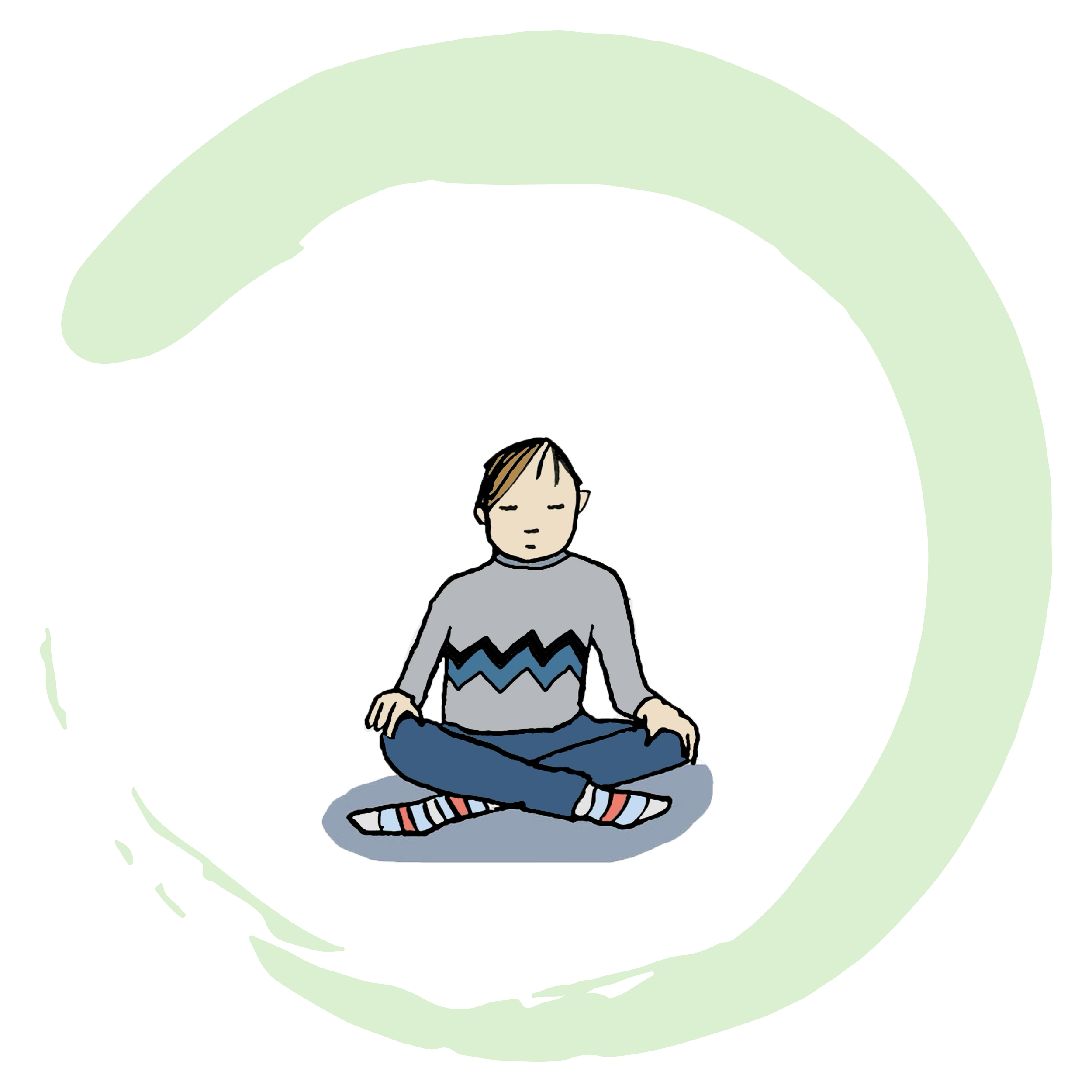
for younger children
Designed for pre-k through early elementary age children, but don’t be surprised if older kids enjoy them too!
We build a chain of plastic monkeys to demonstrate how to notice thoughts and let them go.
When we plant seeds of confidence, patience, and kindness, those are the qualities that grow. When we plant seeds of doubt, restlessness, and cruelty, those qualities grow instead. What seeds will you plant today?
We usually think of Obi-Wan Kenobi as being cool, calm, and collected, right? A remarkable Jedi Master. But even Obi-Wan Kenobi feels unsteady sometimes. If you don't feel steady – like Obi-Wan is feeling now – mindful awareness can help you feel more grounded.
We develop the life skills Seeing & Reframing when we notice what's the same and what's different about a handful of toy bears.
A delightful adaptation/mash-up of two mindful games — Friendly Wishes and Imaginary Hugs.
Feeling upset or annoyed? Here's a tip for calming down anytime you feel worked up.
We imagine that everyone is happy, safe, healthy, and living in peace to practice kindness and concentration.
Learn the Tic-Toc Game, a simple and engaging mindfulness activity that teaches children and adults to pause, focus, and bring awareness and compassion to the present moment.
We pretend to rock a stuffed animal to sleep on our bellies to relax our bodies and quiet our minds.
We practice focusing by slowly moving our arms up and down, or back and forth, in sync with each other’s movements.
We watch baking soda settle in a fishbowl to help us understand the connection between what happens in our minds and what happens in our bodies.

for older children
Designed for mid-to-late elementary age children, but don’t be surprised if younger and older kids enjoy them too!
In a polarized world, we can build bridges by focusing on common themes that cut across time-tested wisdom traditions instead of focusing on our differences.
One of the terrific things about mindfulness is that it helps us develop universal qualities that are with us all the time. One of those qualities is patience, and today we'll explore how mindful listening helps develop the quality of patience.
Allowing means learning to be with what's happening when it's happening. We don't give up working to make the world a better place. We just recognize, "This is what's happening now. Nothing I can do about it right now, but maybe there's something I can do about it later."
Are you game to try a pizza meditation?
You can think of anything you like in this meditation.
Except for pizza.
Engage children in mindfulness with the Awareness Meter exercise, a playful method to help them identify and manage thoughts and emotions during meditation.
We usually think of Obi-Wan Kenobi as being cool, calm, and collected, right? A remarkable Jedi Master. But even Obi-Wan Kenobi feels unsteady sometimes. If you don't feel steady – like Obi-Wan is feeling now – mindful awareness can help you feel more grounded.
Susan playfully explains the mind-body connection using a colorful Hoberman Globe.
We develop the life skills Seeing & Reframing when we notice what's the same and what's different about a handful of toy bears.
Discover the Snow Globe Game, a creative mindfulness and meditation activity that helps children and adults learn to settle their minds, build awareness, and navigate life's challenges
A colorful chain of plastic monkeys demonstrates how to notice thoughts and let them go.
Watch how easy it is to settle your mind when it's busy! then, listen to this guided meditation to give it a try.
Listening to sound is a great way to practice meditation. This meditation will help you feel focused and relaxed at the same time.
Our past is a part of us, but we needn't get distracted by it. Nor, do we need to be preoccupied with what will happen in the future. Instead, we can enjoy the moment.
Let any worries, stress and strain drop away in this bedtime routine. lie flat on your back with your arms by your sides, close your eyes, and you’re ready to begin.
We sit or stand face-to-face and choose a leader. When the leader slowly moves we mirror the movement. (Game led by Annaka Harris.)
Using teamwork, and by paying attention to what’s happening around us, we pass a cup without spilling a drop of water.
We hold a cube of ice until it melts to notice the difference between a feeling and a reaction. (Game led by Gene Lushtak.)
We imagine that everyone is happy, safe, healthy, and living in peace to practice kindness and concentration.
We pretend to rock a stuffed animal to sleep on our bellies to relax our bodies and quiet our minds.

for teens
Designed for middle-to-high school age kids, but don’t be surprised if elementary age children and adults find them helpful too!
Explore the Ice Cube Meditation, a mindfulness and meditation training exercise that uses sensory awareness to build focus, emotional balance, and awareness of the present moment.
Are you game to try a pizza meditation?
You can think of anything you like in this meditation.
Except for pizza.
Engage children in mindfulness with the Awareness Meter exercise, a playful method to help them identify and manage thoughts and emotions during meditation.
Susan playfully explains the mind-body connection using a colorful Hoberman Globe.
Discover the Snow Globe Game, a creative mindfulness and meditation activity that helps children and adults learn to settle their minds, build awareness, and navigate life's challenges
A colorful chain of plastic monkeys demonstrates how to notice thoughts and let them go.
Watch how easy it is to settle your mind when it's busy! then, listen to this guided meditation to give it a try.
Let any worries, stress and strain drop away in this bedtime routine. lie flat on your back with your arms by your sides, close your eyes, and you’re ready to begin.

seeing & reframing
Balance enhances our capacity to see and reframe our situations. The six social, emotional, & academic life skills that mindfulness builds are symbiotic, though, and as children develop in one area, they also develop in others.
In a polarized world, we can build bridges by focusing on common themes that cut across time-tested wisdom traditions instead of focusing on our differences.
Allowing means learning to be with what's happening when it's happening. We don't give up working to make the world a better place. We just recognize, "This is what's happening now. Nothing I can do about it right now, but maybe there's something I can do about it later."
When we plant seeds of confidence, patience, and kindness, those are the qualities that grow. When we plant seeds of doubt, restlessness, and cruelty, those qualities grow instead. What seeds will you plant today?
Explore the Ice Cube Meditation, a mindfulness and meditation training exercise that uses sensory awareness to build focus, emotional balance, and awareness of the present moment.
Are you game to try a pizza meditation?
You can think of anything you like in this meditation.
Except for pizza.
Engage children in mindfulness with the Awareness Meter exercise, a playful method to help them identify and manage thoughts and emotions during meditation.
Susan playfully explains the mind-body connection using a colorful Hoberman Globe.
Sometimes one thing can look different to different people, even though it’s the same thing. Can you think of examples from your life where two or more people look at the same thing but see it from different perspectives?
We develop the life skills Seeing & Reframing when we notice what's the same and what's different about a handful of toy bears.
Discover the Snow Globe Game, a creative mindfulness and meditation activity that helps children and adults learn to settle their minds, build awareness, and navigate life's challenges
Our past is a part of us, but we needn't get distracted by it. Nor, do we need to be preoccupied with what will happen in the future. Instead, we can enjoy the moment.
We hold a cube of ice until it melts to notice the difference between a feeling and a reaction. (Game led by Gene Lushtak.)
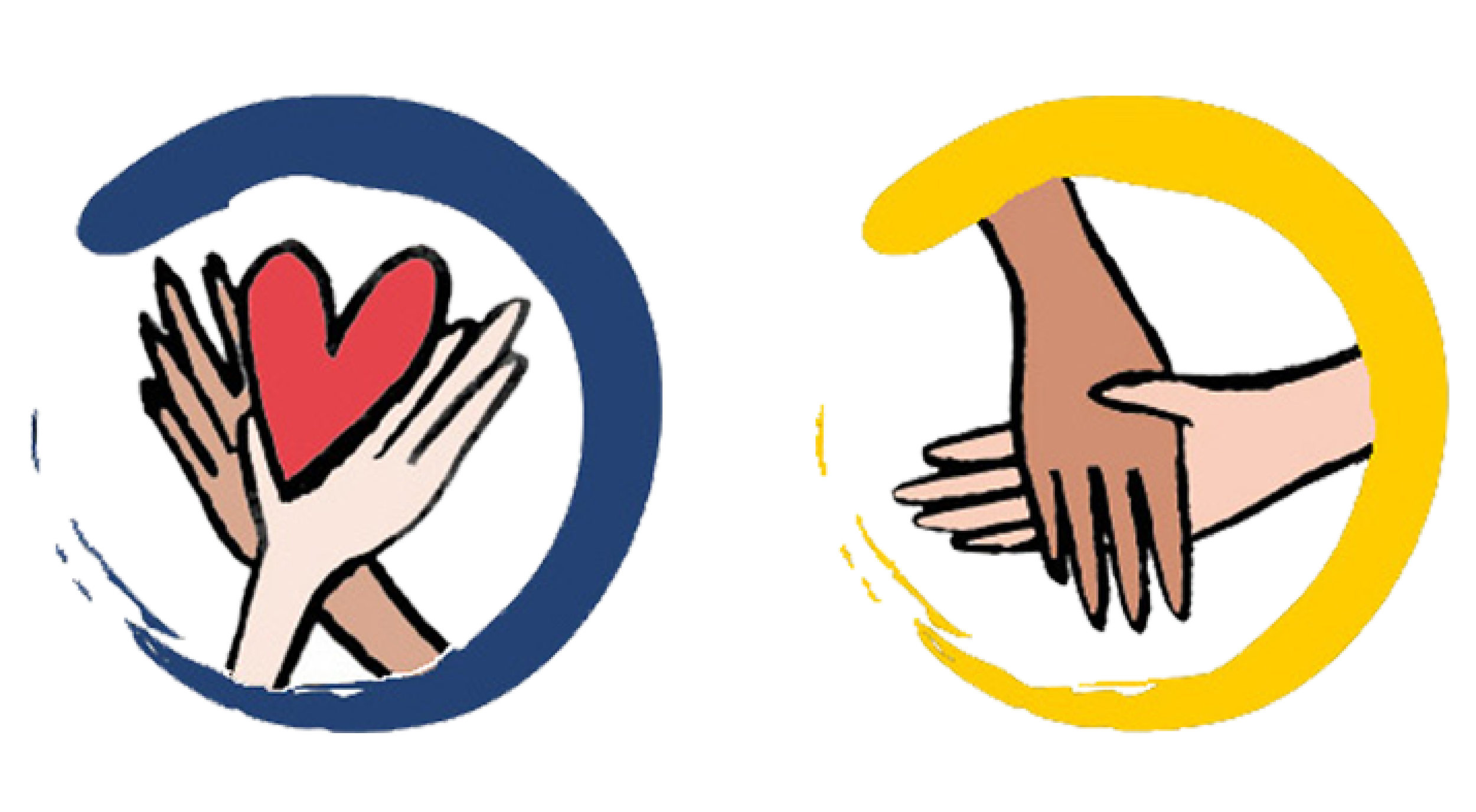
caring & connecting
Speaking, acting, and relating to others (and ourselves) with compassion develops our capacity to care and connect. The six social, emotional, & academic life skills that mindfulness builds are symbiotic, though, and as children develop in one area, they also develop in others.
Discover the Snow Globe Game, a creative mindfulness and meditation activity that helps children and adults learn to settle their minds, build awareness, and navigate life's challenges
A delightful adaptation/mash-up of two mindful games — Friendly Wishes and Imaginary Hugs.
We sit or stand face-to-face and choose a leader. When the leader slowly moves we mirror the movement. (Game led by Annaka Harris.)
Using teamwork, and by paying attention to what’s happening around us, we pass a cup without spilling a drop of water.
We hold a cube of ice until it melts to notice the difference between a feeling and a reaction. (Game led by Gene Lushtak.)
We imagine that everyone is happy, safe, healthy, and living in peace to practice kindness and concentration.
We pretend to rock a stuffed animal to sleep on our bellies to relax our bodies and quiet our minds.









